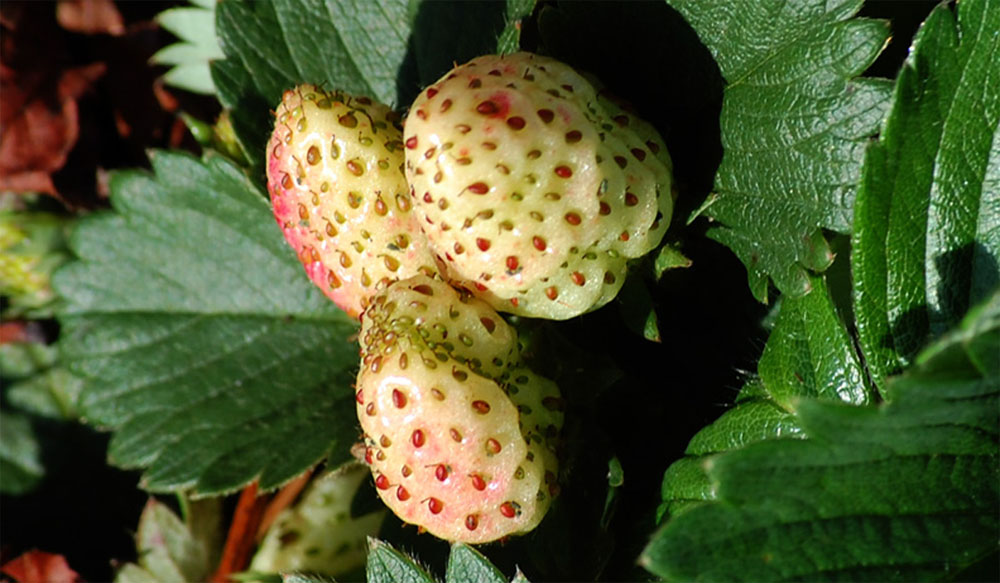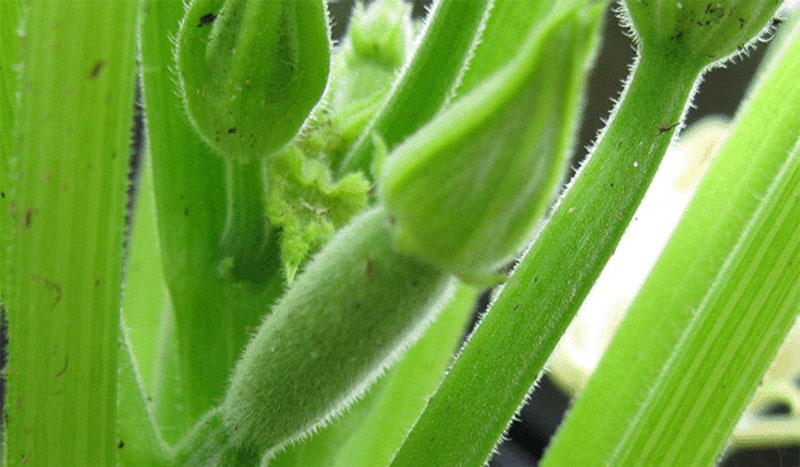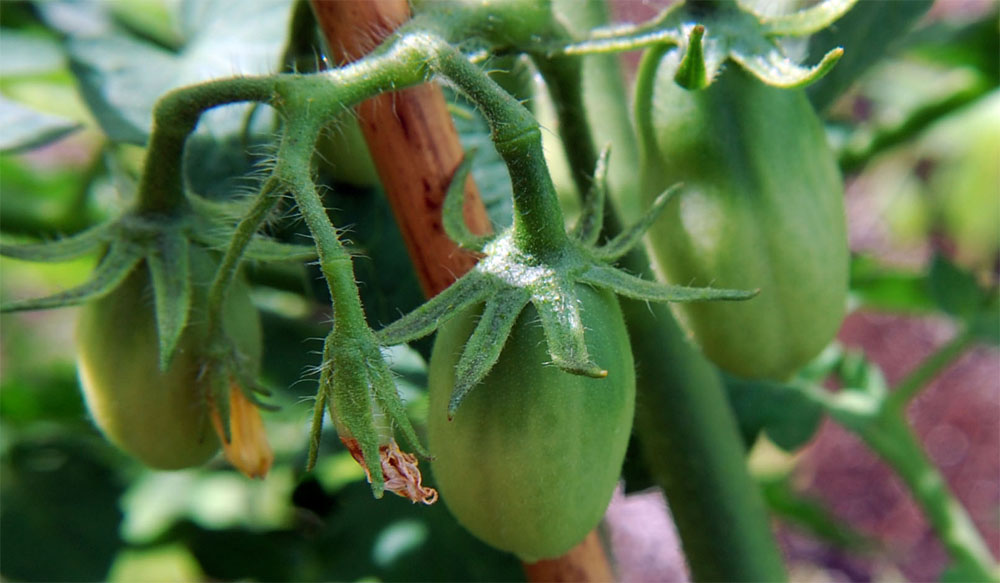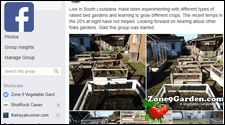Leaves begin to fall off many trees in Zone 9 in the fall. Often times people bag them up and put them on the curb for collection, but this is a complete waste of garden gold. Fallen leaves are useful in compost, they are an amazing source of carbon in the home garden and they also make for great, natural mulch.
Compost
Many home compost piles/bins in Zone 9 end up having much more green (high nitrogen and low carbon) items in them in the summer. Grass grows fast, many vegetable plants die off and food scraps are abundant (all of which are green), but high carbon sources are few. In the fall this all changes.
Fall leaves make for a great carbon source in compost. It is best to shred them up using a shredder or just running them over with a lawn mower before adding them to the compost. The leaves will provide a great carbon source and once broken down will also help provide the compost with a nice consistency that helps it hold nutrients.
Leaf Mold
Leaf Mold is not what it sounds like, it is actually a type of compost that only includes leaves. Leaf Mold is the result of a pile of leaves breaking down naturally and resulting in black, earthy compost that is a great soil amendment. Simply start a large pile of leaves (in a bin, or circle corral works best) and let it sit.
Leaf Mold does not add much in the way of nutrients but it helps with soil texture and water retention. Zone 9 contains many areas with sandy soil, leaf mold is a VERY valuable addition to sandy soil.
Mulch
Zone 9 is known to have some very high temperatures for long periods of time. One problem many gardeners run into with the heat is that soil will not retain water and dries out rapidly. Mulch is a solution to this problem, and fallen leaves make a great, natural mulch.
When using fallen leaves make sure they cover all of the soil in at least a ½ inch thick layer. Large leaves should be broken down to about the size of a silver dollar. This will not only help with water retention in the soil, but the leaves will naturally break down adding nutrients to the soil and food for worms.





